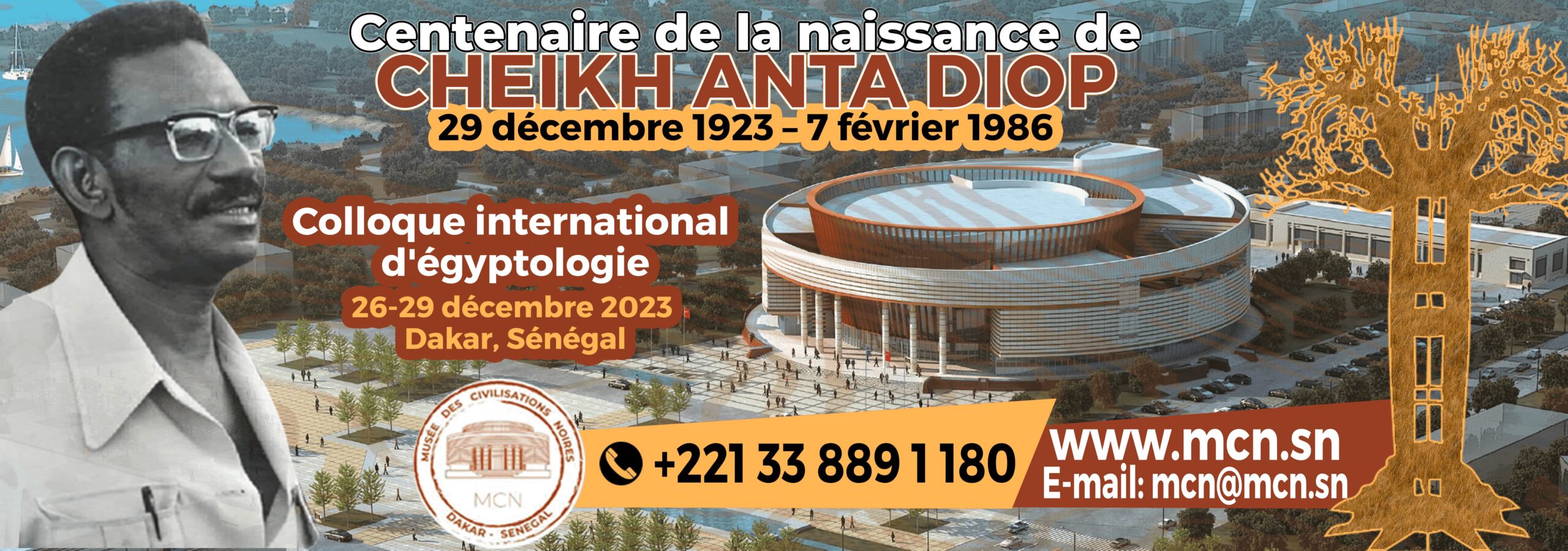Mirror dialogue: traditional Romanian masks – traditional African masks
In Romania, traditional masks were used on different occasions, being associated with celebrations or archaic rites. Most often, they were worn during the end-of-year celebrations, either only on the face, or covering the entire body like “the goat” or other characters from its suite, “the bear”. or “the deer” etc. Face masks depict mythological beings, usually grotesque or diabolical in appearance, faces of elderly people (grandfathers and grandmothers) and various animals. The functionality of the masks compresses both a ritual and playful function; their use is strictly linked to certain festivals, where their role is to chase away evil spirits in a complex logic of dissimulation mixed with transfiguration and magic. The exhibition aims to be a dialogue between traditional Romanian masks and traditional African masks. In order to show the richness and variety of masks in Romania, the team of the National Museum of the Romanian Peasant chose two types of pieces: 1) on the one hand, traditional masks recently made by artisans from the main Romanian regions where they are still worn, and 2) on the other hand, old archive photos, as well as photos taken in contemporary times which present the customs carried out with masks. Archival photos complete this picture, coming from the Archives of the National Museum of the Romanian Peasant, taken in the field between 1950 and 1980 in the village of Târpești, department of Neamț, where Nicolae POPA, craftsman of traditional masks, created a complex New Year’s ensemble which included “irozi” (young people in costumes who roam the streets singing Christmas songs), the “band of the famous haidouk Iancu JIANU”, “goats”, “bears”, “gypsies”, ” grandmothers” and “grandfathers”, the personification of “New Year” and “Last Year”. The contemporary photographs are taken in Bukovina by the artist Nicu MIHALI in the traditional communities of Vama, Udești, Calafindești, Bosanci, Scheia, where the custom of masking on the occasion of the New Year is still alive. Bands of people in costumes and accompanied by “grandmothers” and “grandfathers”, “bears” and “goats”, “grooms”, “policemen” and “soldiers” roam the streets the morning of December 31 to announce that the old year is over and that a new year will begin the next day. Contemporary masks are made by the last artisans who still make accessories necessary for New Year customs, respecting the specificity of the region and archaic manufacturing methods – using tanned sheep and goat skins, tow, wool in different colors, patches and other old textile materials, hats, beans, buttons. The 41 masks are made by artisans from Moldova and Bukovina, the Romanian regions where the custom is preserved: Stela and Gheorghe LUCACIU from Șcheia, department of Suceava; Tudorița and Pavel LUPAȘC from Nereju, Vrancea department; Marineta DUMITRIU from Bârlad, Vaslui department; Ana and Ioana NEGOIȚA from Draxini, Botoşani department; Iulian MIHALACHI from Bălțătești, Neamț department. They perpetuate the craftsmanship inherited from past generations, constantly innovating and modernizing the mask as a form of artistic and ritual expression.
